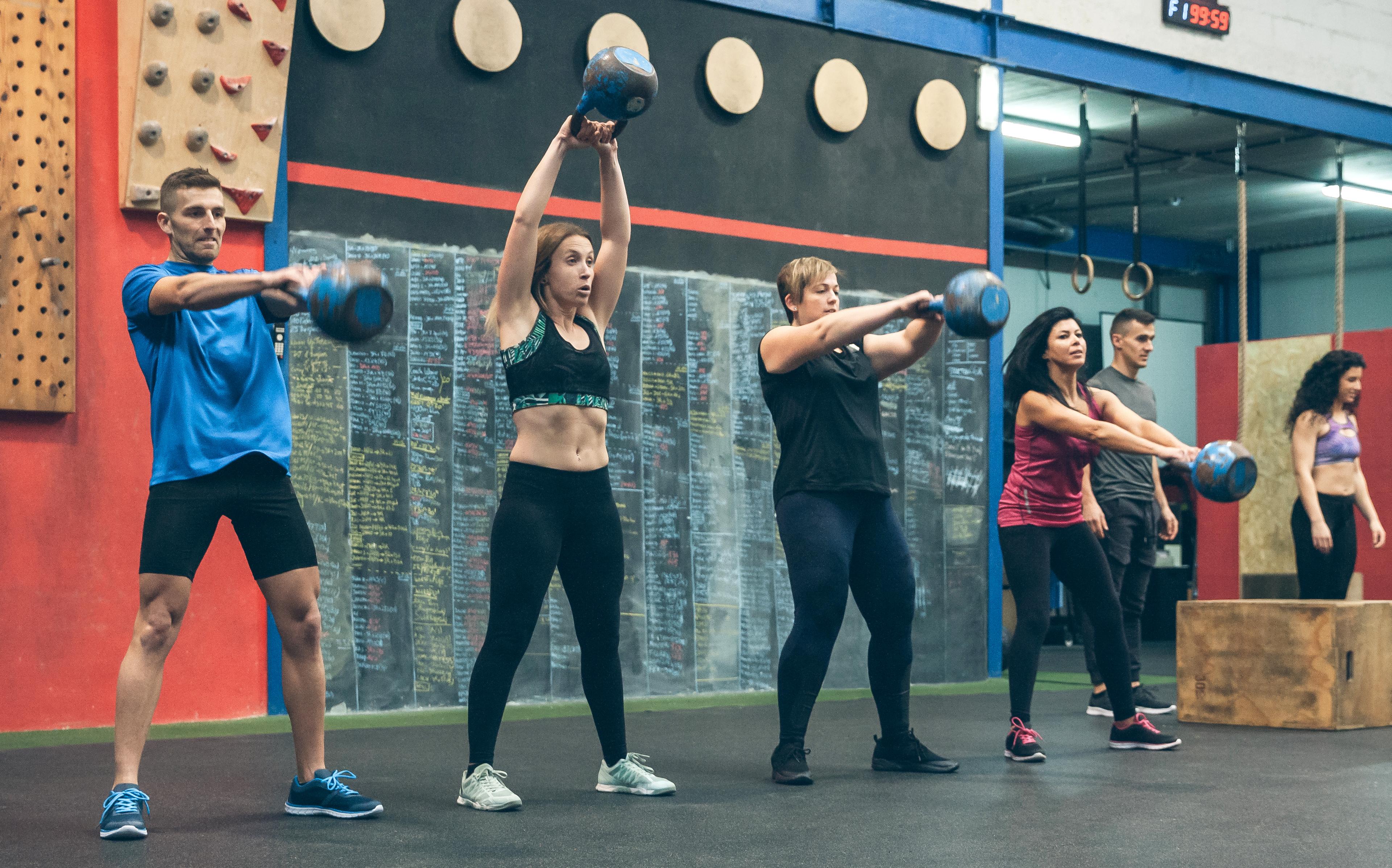What is Assisted Stretching and How Does it Help?
Jake Newby
| 3 min read

You don’t have to be an elite athlete to benefit from stretching, and the same is true for assisted stretching.
Stretching regularly helps increase mobility and muscle flexibility, which promotes a healthy range of joint motion. If you aren’t flexible, your muscles can shorten and tighten. People who live sedentary lifestyles, have suffered from injuries, are aging, or are stressed can unlock a much healthier physical profile by stretching regularly.
Sometimes, we need a hand to get the most out of it!
What is assisted stretching?
Assisted stretching involves a trained practitioner or therapist using various techniques to apply the kind of range-of-motion movements to your body that you couldn’t apply on your own.
Stretching programs are tailored to an individual’s personal goals and usually entail 30-minute sessions on a weekly or monthly basis.
What are the benefits of assisted stretching?
Guidance and consistency: We don’t all know how to stretch properly. Sometimes, we do further harm to our bodies by stretching incorrectly. Other times, we just don’t get the kind of deep stretch we can get with some assistance. Since stretching isn’t exactly the most fun form of physical activity, many people tend to skimp on it or do it inconsistently.
Increases flexibility and mobility: Whether you’re working your way back from an injury or are training for an athletic event, a primary objective of an assisted stretching regimen is to ensure that you are limber and more mobile when you get off the table. That includes helping your joints move through their full range of motion. That way, everything from running in a marathon to hoisting a grandchild can be done without pain.
Reduces stiffness and muscle tension: Assisted stretching can fight against the daily wear-and-tear we put on our muscles and joints. Is your neck or back bothering you? Discussing these pain points with a professional and then working to loosen those tight muscles with specific stretching techniques can make everyday life less achy.
There isn’t much research on assisted stretching’s effect on stress, but general stretching and yoga stretching – which shares similar movements – have been found to reduce stress.
Common assisted stretching techniques
Active isolated stretching: This gentle assisted-stretching method involves isolating a muscle to stretch, having that stretch held for just two seconds, and then repeating that process multiple times. The antagonistic muscle is meant to contract while the targeted muscle relaxes. For example, if the hamstring is being stretched, your quadricep should contract as your leg is lifted into the air.
Passive stretching: In this stretching method, the body is relaxed while being stretched in a position for an extended time. The stretch is meant to intensify the longer it’s held.
Resistance stretching: This technique requires you to resist between 10 to 50 percent of the back-and-forth stretching motion, which is applied by your practitioner deeper each time.
Whether you’re benefitting from assisted stretching or doing it all by your lonesome, stretching before and after workouts can help lengthen your muscle tissues, reduce stress and prevent injury.
Visit ahealthiermichigan.org/fitness for more fitness tips.
Related blogs:
Photo credit: Getty Images





